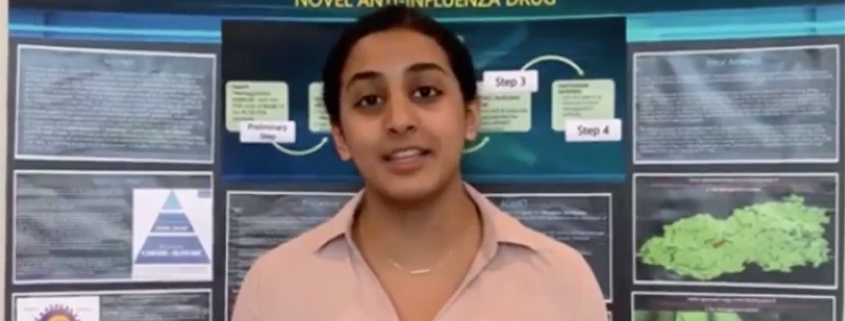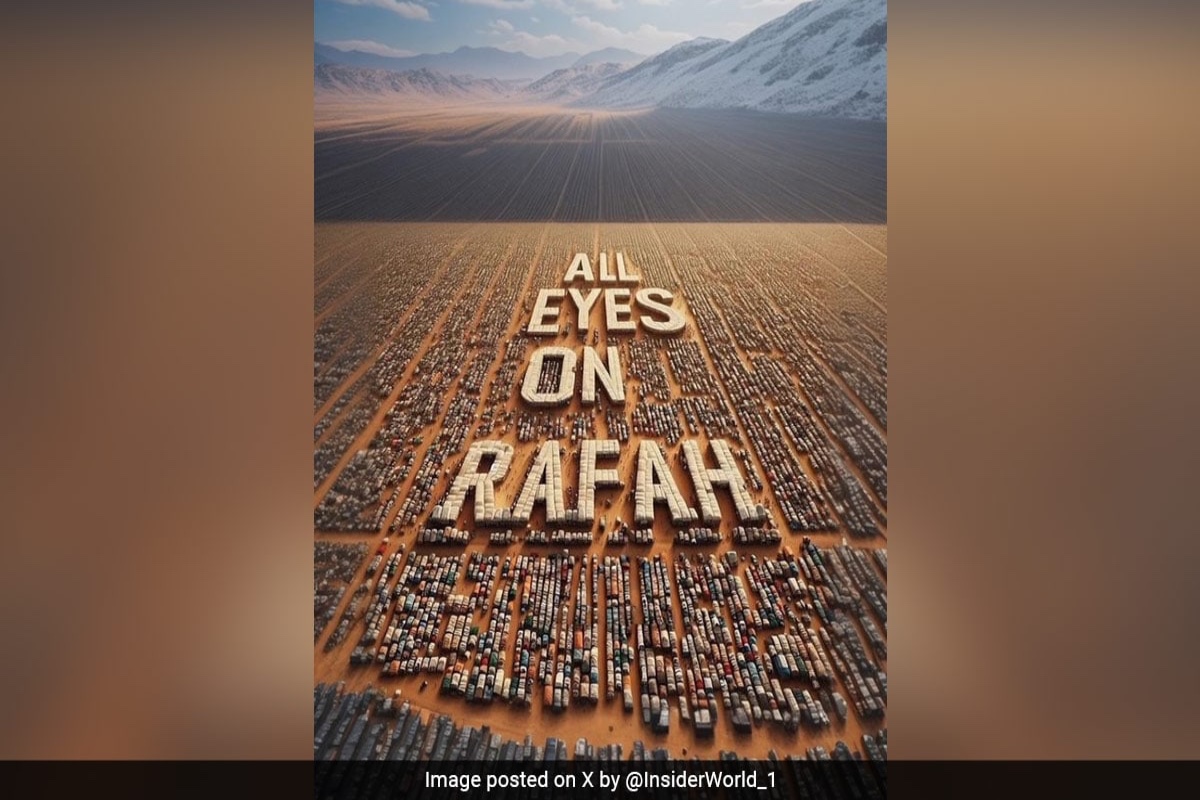A Texas teen might just have found the pathway to a COVID-19 cure
by Aysha Qamar
As cases of the novel coronavirus increase nationwide, scientists and researchers are working day and night to develop a vaccine or possible cure, but they aren’t the only ones. While most young teens are dreading online classes and spending a lot of time on social media, one Texas eighth grader has been working on developing a possible cure for COVID-19. You read that right, a 14-year-old who hasn’t even graduated from middle school just won an award of $25,000 for research related to a potential cure for COVID-19.
Indian American Anika Chebrolu, from Frisco, Texas, won the prestigious 3M Young Scientist Challenge for her efforts to develop a novel antiviral drug as a cure for the coronavirus pandemic. According to the 3M Young Scientist Challenge website, Chebrolu did this by using an in-silico methodology to develop a lead molecule that selectively binds to the Spike protein on the SARS-CoV-2 virus. The challenge created by 3M in partnership with Discovery Communications aspires to create a new generation of problem-solvers by encouraging students in grades 5-8 to share their discoveries.
“I developed this molecule that can bind to a certain protein on the SARS-CoV-2 virus. This protein by binding to it will stop the function of the protein” said Chebrolu, who hopes to one day be a medical researcher and professor. She used a number of computer programs to identify how and where the molecule would bind to the virus.
While Chebrolu initially began her project to find a cure for winter influenza, she changed the direction amid the COVID-19 pandemic. “I was drawn towards finding effective cures for influenza disease after a severe bout of the infection last year,” Chebrolu said. “I would like to learn more from 3M scientists to pursue my drug development and with their help, would like to conduct in-vitro and in-vivo testing of my lead drug candidate.”
Under the guidance of 3M Scientist Dr. Mahfuza Ali, another woman of color, Chebrolu was able to perfect her ideas through the scientific method. Chebrolu gained the opportunity to work with Dr. Ali after being awarded an exclusive mentorship for being one of the 10 finalists of the challenge. “With the help of my mentor Dr. Mahfuza Ali, I switched topics and targeted the SARS-CoV-2 virus because of the immense impact it’s made in the world in less than a year,” Chebrolu said in an interview with Judy Shaw, of the New York Stock Exchange.
Chebrolu’s drive and potential for finding a cure impressed not only Dr. Ali, who called her enthusiasm and tenacity “amazing,” but also Dr. Cindy Moss, a judge for the challenge. Chebrolu said she was inspired to find potential cures to viruses after learning about the 1918 flu pandemic and finding out how many people die every year in the United States despite annual vaccinations and anti-influenza drugs on the market.
“Anika has an inquisitive mind and used her curiosity to ask questions about a vaccine for COVID-19,” Moss told CNN. “Her work was comprehensive and examined numerous databases. She also developed an understanding of the innovation process and is a masterful communicator. Her willingness to use her time and talent to help make the world a better place gives us all hope.”
Upon winning the award, the young scientist told CNN that her research and discovered method “reflects [the] collective hopes to end this pandemic” as individuals like herself hope to go back to their normal lives and that while winning this award is an honor, her work is not done. Chebrolu shared that her next goal is to work alongside scientists and researchers to “control the morbidity and mortality” of the pandemic by developing her findings into an actual cure for the virus. “My effort to find a lead compound to bind to the spike protein of the SARS-CoV-2 virus this summer may appear to be a drop in the ocean, but still adds to all these efforts,” she said. “How I develop this molecule further with the help of virologists and drug development specialists will determine the success of these efforts.”
When asked about the reward money and what she plans to do with it, Chebrolu said that she will contribute some of it toward a nonprofit she created called “Academy Aid,” which helps other young students pursue STEM research. The rest of the money, she explained, would be used to continue her research in creating an effective anti-viral drug.
But of course, while passionate about science Chebrolu does find time to live a “normal” life like other teens. The 14-year-old also partakes in classical Indian dance and other forms of art. As a role model in the community, Chebrolu’s achievement is not only making headlines but is being added to the list of successful South Asians brown parents love to compare their children to. Her discovery and success is a win for not only Indian Americans but other minorities who are working to dismantle the model minority myth in addition to representation of youth in science.
As of this report, the coronavirus has killed more than 1.1 million people worldwide. In the U.S. alone there have been over 8.2 million cases of COVID-19 and at least 220,000 deaths as a result, according to The New York Times database.
First published Daily Kos

















2020
1,275 views
views
0
comments